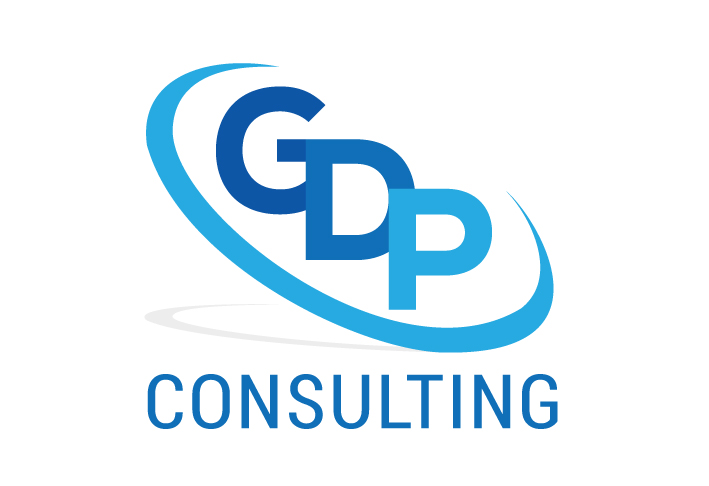 Decision Making and Governance Policies
Decision Making and Governance Policies
Introduction
Boards and Government Entities are constantly required to make effective decisions. These decisions are policies. Each policy requires action and monitoring by somebody. We all know this to be true, however, several issues haunt organizations.
This article addresses six of these issues: philosophy, harmonization, finances, relevancy, power, implementation.
Philosophy
Each board or oversite entity must decide whether its philosophy ‘in action’ is people must fit into our policies, or people are served by our policies. It is easy to intend to write policies to serve our primary stakeholders and write reactionary policies which really say “This is the way it is and you have to fit those policies if you want to interact with this organization.”
Harmonization
Writing a policy may be straightforward. It is much more difficult to be really familiar with all of them and ensure that all decisions and actions are in harmony with approved policies. Potentially, board members can react to a situation without referring to existing policies. It is essential for a board/government entity to have a structure, such as a governance or policy committee, to serve as a watchdog or to ask the board chair/CEO to play that role. Also, orientation to existing policies is essential for all new members.
The key is to ensure that way you write you have the nerve to implement.
Finances
Policies can only be implemented is they are within the entity’s sphere of control and within its fiscal realities. There are many things that would be nice to control, however, when you ask the question “Can we actually do this?” you will find that the answer is ‘no.’
Relevancy
Boards and government members are there to represent a specific constituency. How do they find out what that constituency really wants or needs? Do they listen to the powerful few?
Very often advocacy groups and influential citizens have greater access to decision makers. Therefore, how do boards make sure they represent individuals/groups who could easily be marginalized and those who have no physical way to make their voices heard (lack of systems to communicate with decision makers)? What is your process?
Power
When making policies, governance bodies have to decide how they exert their power. Do they make decisions ‘with’, ‘for’, or ‘on behalf of’ others. The board’s beliefs will affect how power is assumed. Has your board had that discussion? What are the differences between each belief system? In the Decision Making Model of Governance, the premise is put forward that it is best for most entities to make decisions ‘with’ their primary stakeholders. For more information follow this link.
Implementation
When a policy is written, it is crucial to compose an implementation plan if the policy has far reach effects and/or influences future practice. The question is “Who implements the policy, how will we measure success, and how will we know when the policy is no longer useful to the organization?”
These six factors are not designed to be all inclusive, however, they are designed to generate discussion and entice boards to offer policy training for their decision makers.

